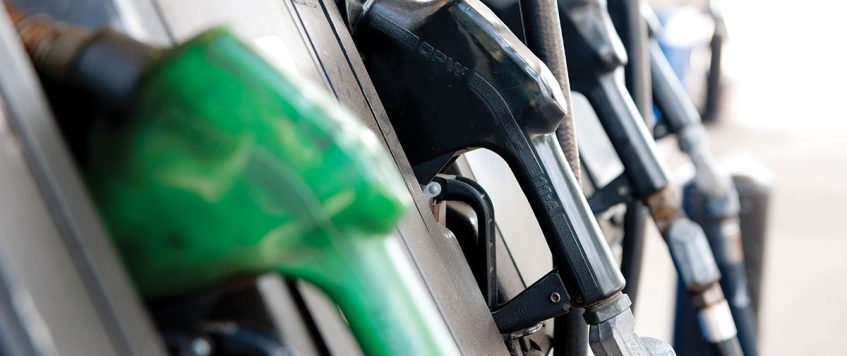-
13
Apr
National Diesel Average Falls but Remains Above $5 per Gallon Mark, reports EIA
The national average price per gallon of diesel gasoline headed down but remained over the $5 per gallon mark, according to data issued this week by the Department of Energy’s Energy Information Administration (EIA).
Falling $0.071 cents, this week’s national average came in at $5.073 per gallon, following a $0.041-cent decline, to $5.144 per gallon, for the week of April 4. This marks the third decline over the last four weeks, with a $0.051-cent gain, for the week of March 28, to $5.185 per gallon, preceded by and $0.116-cent decline, to $5.134, for the week of March 21.
What’s more, prior to the last four weeks, the national average price per gallon had seen ten consecutive weeks of gains—from the week of January 10, at $3.657, to the week of March 14, at $5.25, for a cumulative $1.593 gain over that period.
And over the last five weeks, the national average has topped the $5 per gallon mark, with the week of March 14 representing the first time ever the national average was above the $5 per gallon mark, and also set a new record as the highest figure on record, with the weeks of March 28, April 4, and March 21, respectively, rounding out the top four.
On an annual basis, this week’s national average is up $1.944, down from last week’s $2.092 annual spread.
West Texas Intermediate Crude oil is currently trading at $98.79 on the New York Mercantile Exchange, down from $103.94 a week ago at this time.
Even though President Biden recently signaled the nation’s intent to produce one million additional barrels, from the nation’s Strategic Petroleum Reserve (SPR), on average—every day—for the next six months, due to the significant run-up in gas and oil prices since the beginning of the Russia-Ukraine conflict, with freight transportation and supply chain stakeholders, as well as consumers, feeling tremendous pain at the pump, oil and gas prices appear to be holding steady, for the most part, at the moment.
An Oilprice.com report noted that critics of the plan argued at the time that the release—the biggest of its kind—”would have little effect on the long-term trajectory of crude oil prices.”
It added that the first 90 million barrels of the 180 million set to be released from the Strategic Petroleum Reserve will be released between May and July, as per a Department of Energy statement, through two notices of sale totaling 70 million barrels, plus 20 million barrels set to be released in May, with the second half of the 180 million barrels set to be released between August and October.
The Department of Energy added that it is coordinating with its international allies and partners to join it in releasing additional oil from strategic reserves.
By: LM Staff / Logistics Management

